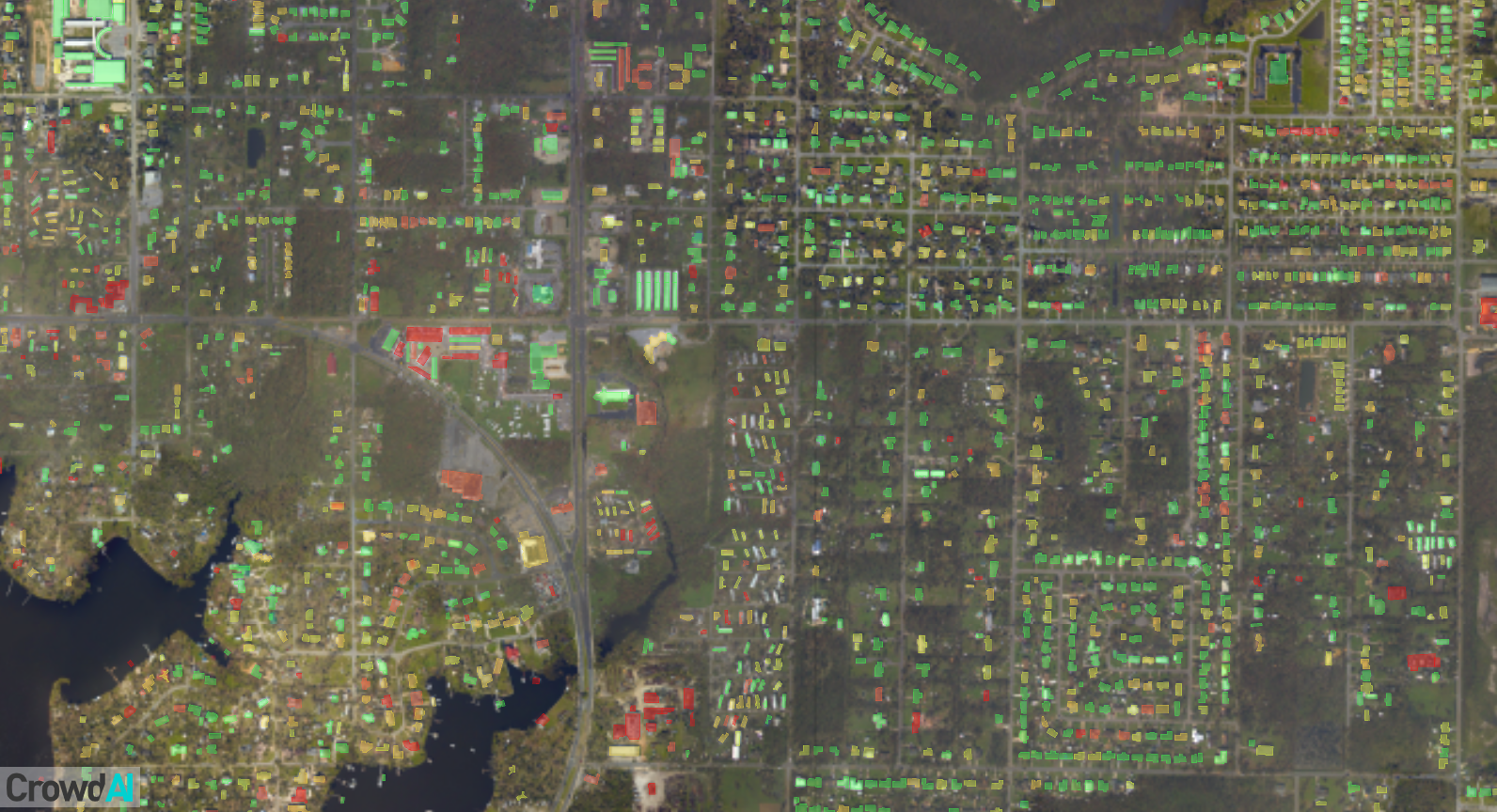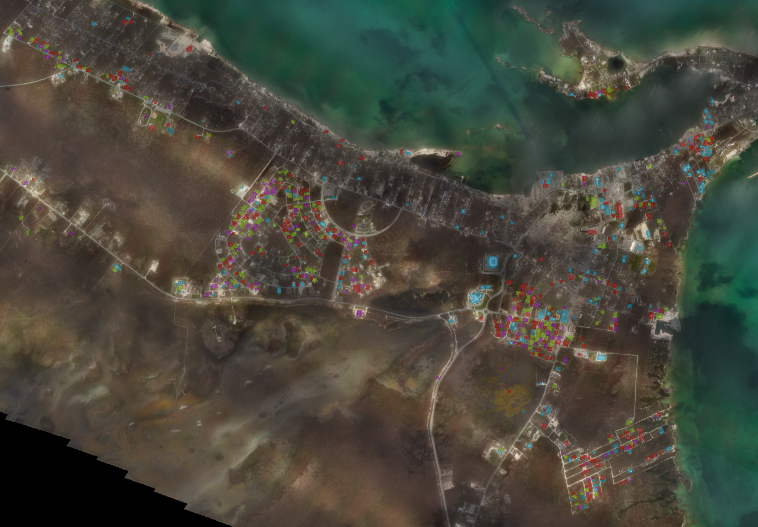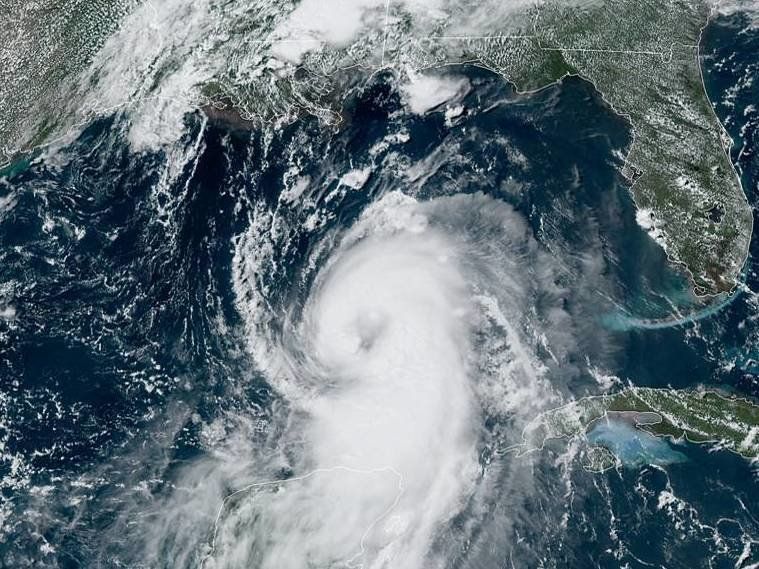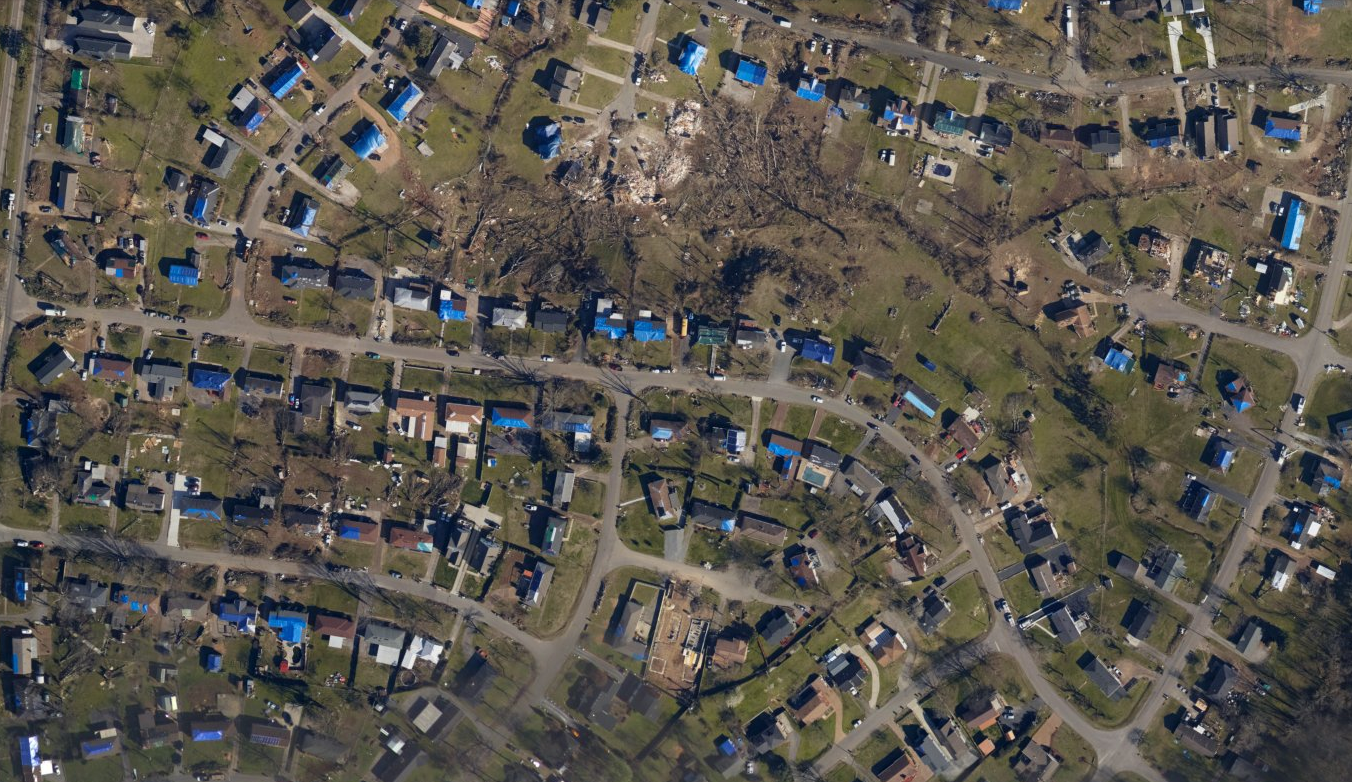The aftermath of a hurricane is a disorienting time for families and businesses alike. Given the strong links between rising sea surface temperatures in the Atlantic and hurricane frequency and power,[1] it makes sense to leverage new technologies as best as we can to provide helpful information to those leading recovery efforts.
Hurricane Michael, which struck Florida in early October, was truly devastating. The storm was the the strongest storm in terms of maximum sustained wind speed since Hurricane Andrew (1992), and was the strongest storm on record for the Florida panhandle.[2]
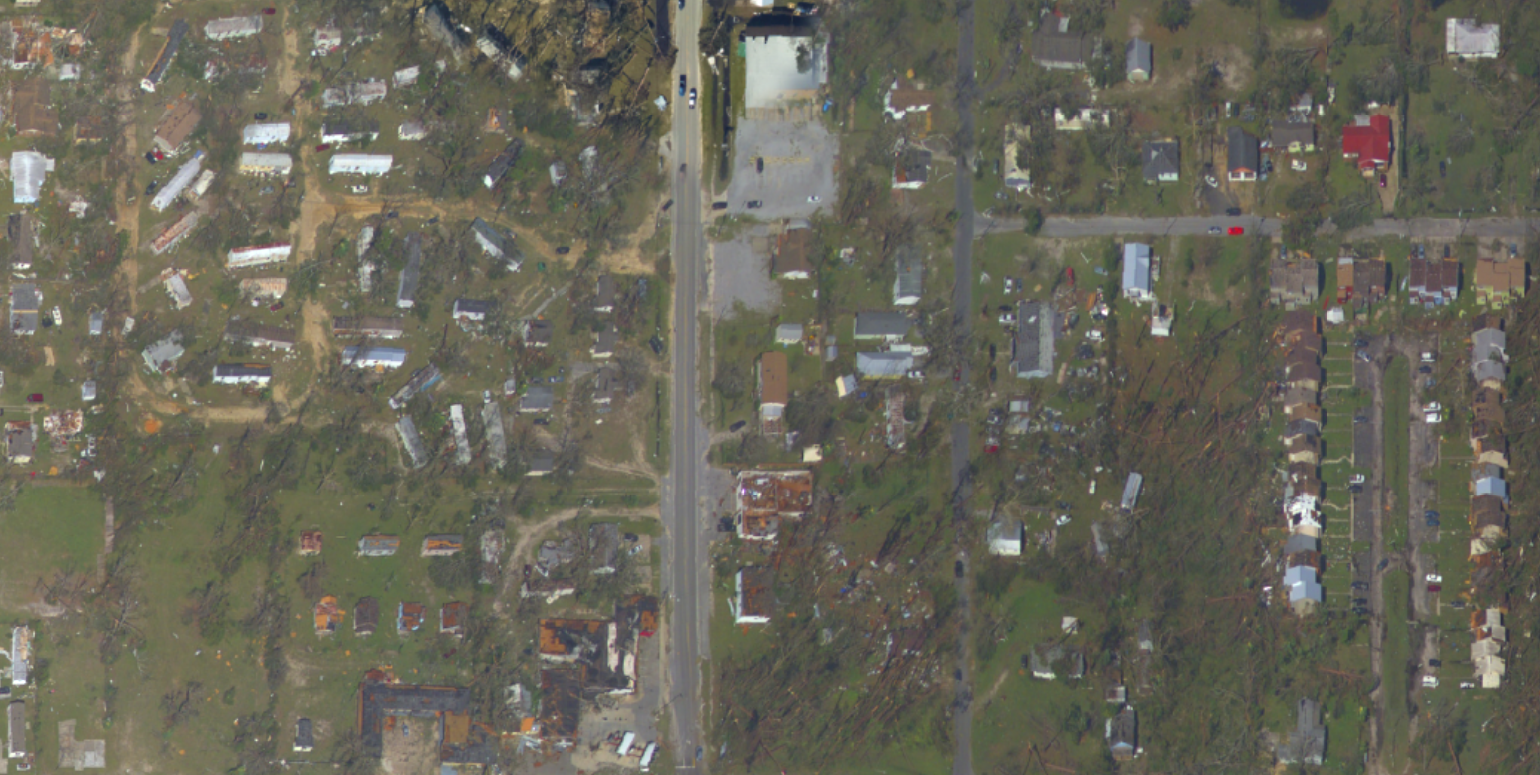
Following Hurricane Michael, we partnered with WOW!, which provides telecom services to much of the affected region in Florida. While phone and internet service may seem like a luxury following a devastating storm, it's a crucial link for affected communities to get updated information about local recovery efforts, communicate with insurance providers, and get in touch with loved ones.
CrowdAI's deep learning capabilities rapidly and accurately assessed damage to buildings across Panama City, Florida, allowing WOW! to better prioritize service restoration efforts and provide high-quality data to their teams in the field. Data like this can make sure resources are fielded where they're needed most, helping to reduce the need for utility teams to spend time redistributing materials and staff between neighborhoods.
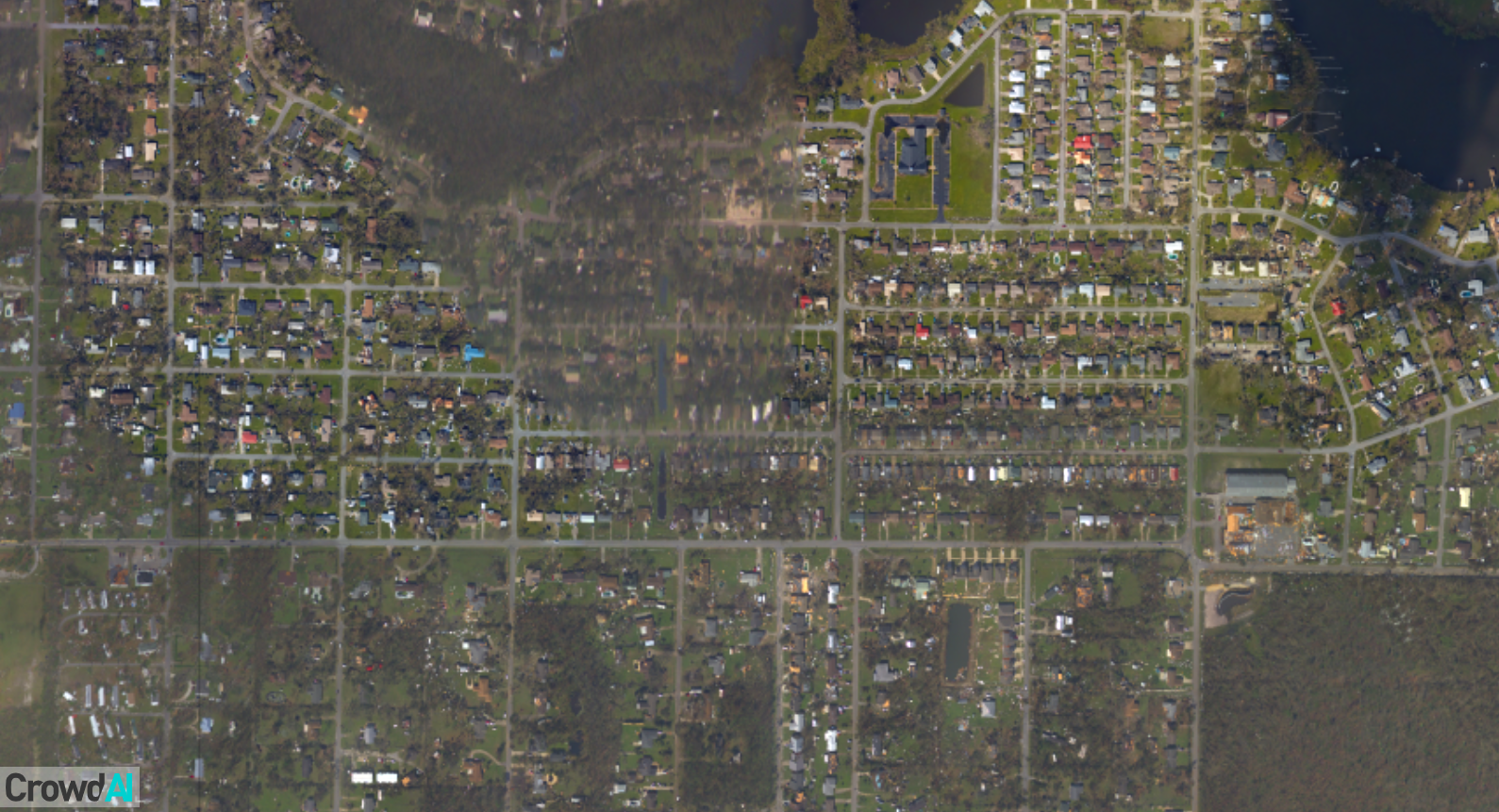
Here's how we did it:
-
Using segmentation, we create precise building footprints and post-process them to create smooth polygons representing each structure.
-
We selected a subset of these polygons to be classified by hand to be used as training data.
-
We used this training data to teach our model how to categorize damage. We worked with WOW! to define five levels of damage: 1=no damage, 2=roof tile damage, 3=partial roof missing, 4=major roof damage, 5=structural damage.
We determined a set of rules for categorizing damage, then classified the existing footprints to reflect those rules. This creates training data for the model.
-
Once we had classified enough data, the AI didn't really need us anymore! With deep learning, the model is able to finish the classification work much faster than we ever could.
The image above is scrollable.
At the end of this process, we now have an automated building damage classifier that can understand the severity of damage with much more nuance than ever before. It's not perfect yet, so we're going to continue to train and fine-tune. We'll be ready for the next storm.
All imagery in this post is courtesy of NOAA’s National Ocean Service. Special thanks to the agency and WOW! for their assistance with this project.

